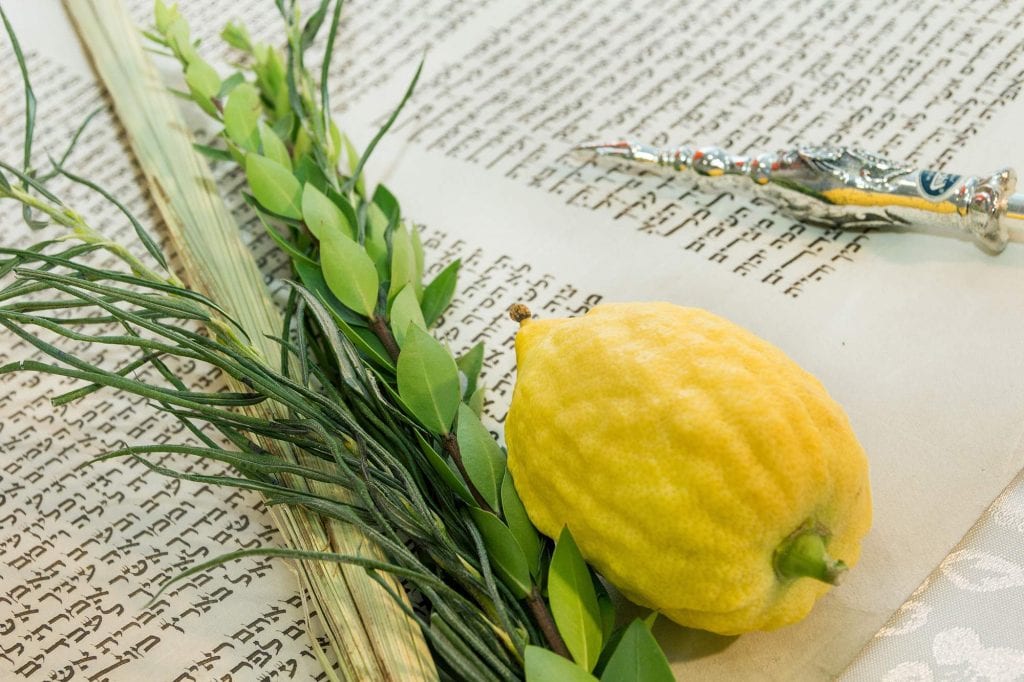 Lisa Ziv has a passion for supporting parents as they navigate their children’s mental health challenges. She helps identify resources and build supportive communities by connecting families and increasing awareness in schools and communities. Her reflections on Jewish holidays, traditions and texts inspire families coping with uncertain times. Lisa serves on the board of the Blue Dove Foundation, a nonprofit organization that addresses the issues of mental illness and addiction in the Jewish community and beyond. For information about workshops and community initiatives, go to lisaziv.com.
Lisa Ziv has a passion for supporting parents as they navigate their children’s mental health challenges. She helps identify resources and build supportive communities by connecting families and increasing awareness in schools and communities. Her reflections on Jewish holidays, traditions and texts inspire families coping with uncertain times. Lisa serves on the board of the Blue Dove Foundation, a nonprofit organization that addresses the issues of mental illness and addiction in the Jewish community and beyond. For information about workshops and community initiatives, go to lisaziv.com.
Five days after observing the solemn High Holiday of Yom Kippur, Jews look forward to celebrating Sukkot. It is an agricultural holiday marking the end of the harvest time in Israel (Exodus 34:22) and a religious holiday commemorating the Exodus and the Jewish people (Leviticus 23:42-43).
As is true of many Jewish holidays, Sukkot holiday observance includes public rejoicing, prayers, and rituals performed at home. In my neighborhood, almost every Jewish family builds their family sukkah (hut-like structure) and the synagogues erect large communal sukkahs for use during the eight-day festival. A sukkah is a temporary dwelling to symbolize the booths or tents in which the Jewish people lived during our forty years of wandering in the desert. It is a reminder of when G-d sheltered our ancestors on their journey from Egypt to the Promised Land.
Sukkot is referred to as Zeman simchateynu, the “season of all our joy.” When we think of Sukkot, we think of festive meals with family and friends and dancing together in synagogue. We look forward to sukkah hopping to admire how families have decorated their humble huts for the holiday and enjoy sweets put out for visitors.
With worries about contracting or spreading COVID-19, the holiday will be less joyful for many. Many of our Jewish singles, seniors, and divorced men and women without children at home are feeling isolated and alone. A friend told me she is dreading being by herself for Sukkot. She said she feels cut off from the world and completely on her own.
We have to find hidden joy in the current climate. It is hard to enjoy Sukkot when we cannot share festive meals or visit other sukkahs. After ten months of social distancing, we have ‘COVID Fatigue’ and want to return to our ‘normal’ lives. Many are experiencing greater emotional stress. Mental health issues, like depression, anxiety, and suicidal ideations, are increasing.
Sukkot is a time of joy and happiness. But, what can we do for those who cannot find joy in their hearts and happiness within themselves? We know there are members within our community who struggle with mental health and addiction. How do we help families dealing with depression, eating disorders, personality disorders, PTSD, psychotic disorders, substance abuse, and other mental health diagnoses?
As a community, we have only recently begun to acknowledge and discuss the issues of mental health and substance abuse. Each of us needs to send clear messages that everyone in our community is valued and welcome. When we suspect that someone is having a tough time, we need to reach out to let them know we care. We need to think more deeply about helping those who struggle with mental health with the same chesed (kindness) we give to those facing other challenges.
The festival of Sukkot is a reminder of how G-d protected us, provided for us in the wilderness, and still watches over us to ensure our safety. We recite a blessing to G-d “who has commanded us to dwell in the sukkah”. As a temporary dwelling, the sukkah also represents the idea that life is fragile, and we are dependent on G-d’s protection. Sukkot is a reminder to appreciate the shelter of our homes and our bodies.
During synagogue prayers and in our sukkah, we take the arbah ha’minim (four species). The Jewish people are commanded to bind together and wave the four species in the sukkah. The etrog (citron fruit), lulav (palm frond), hadas (myrtle bough), and aravah (willow branch) are waved much the same as was performed in the Temple.
The well-known midrash in Vayikra Rabbah 30:14 links the four species to different body parts. The etrog represents the heart, the lulav represents the spine, the hadas represents the eyes, and the aravah represents the lips. The arbah ha’minim must be shaken together. The esrog has to be held together with the luluv. The hadas has to have the aravah on both sides of it. Likewise, while each component represents one aspect of an individual’s body, we need to stand together to support those who are struggling.
Sukkot teaches us about the importance of community. Too many of those who are affected, whether personally or through a loved one, live in denial or are ashamed to seek help. In the Jewish community and beyond, we need to do more to eliminate the stigma, provide meaningful support, and encourage people to ask for help when they need it.
May it be a joyous holiday for all to dwell in the sukkot in peace. Chag Sameach!

